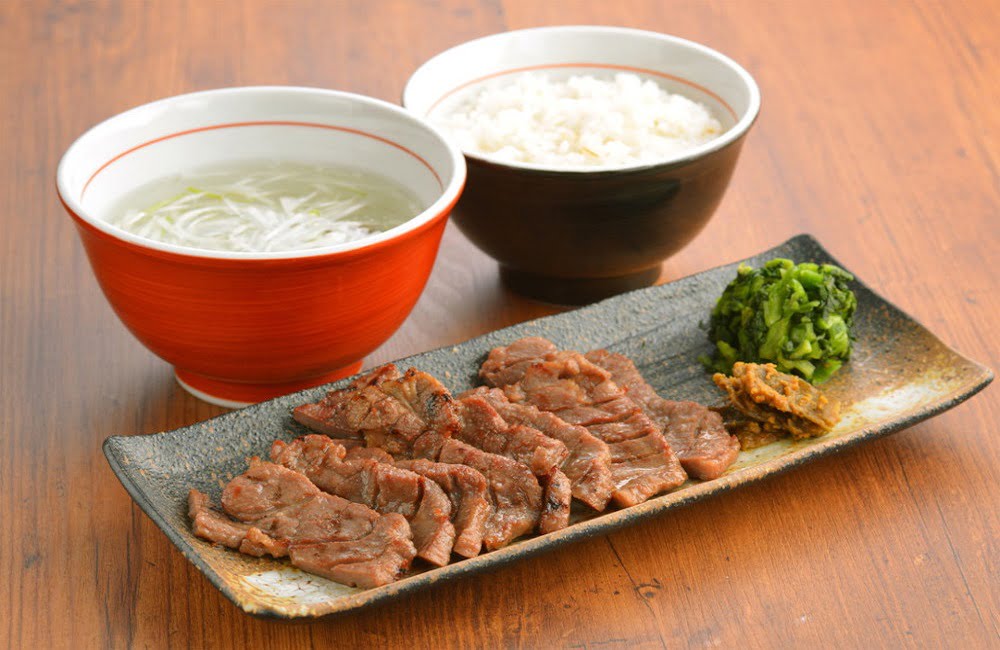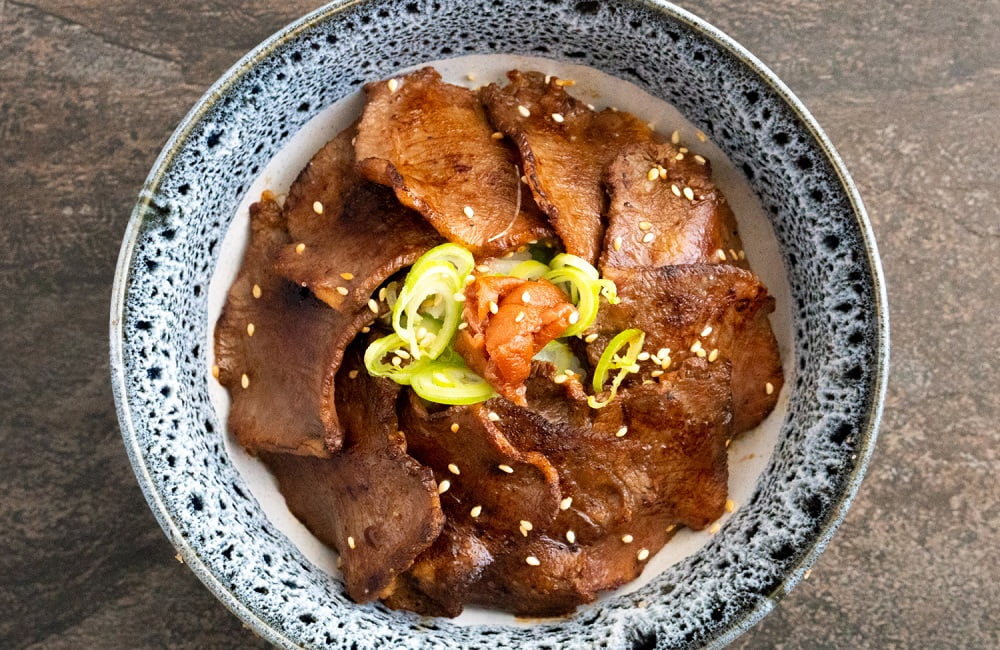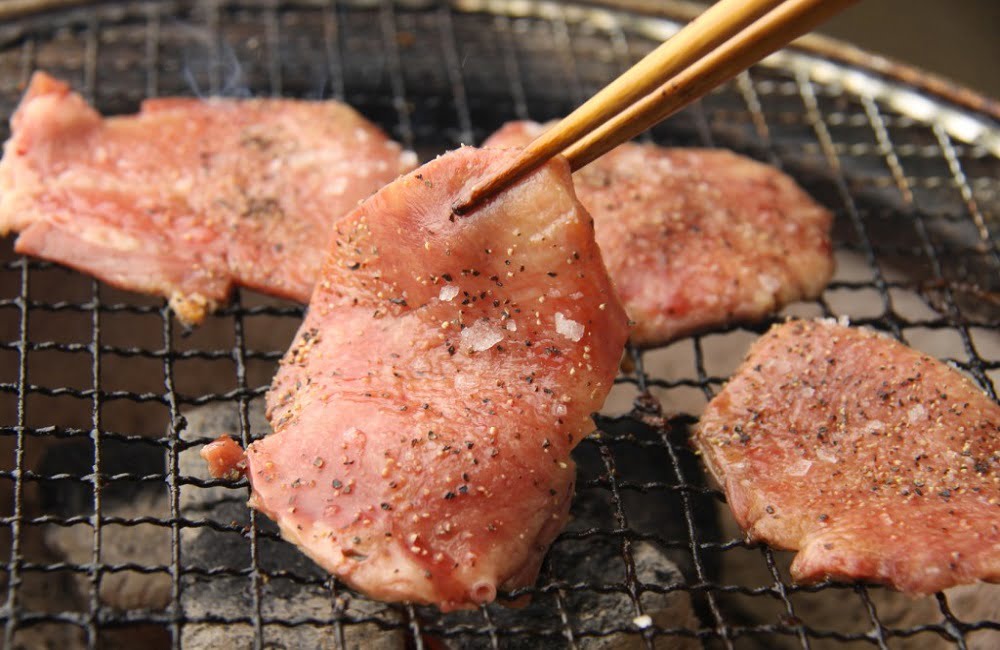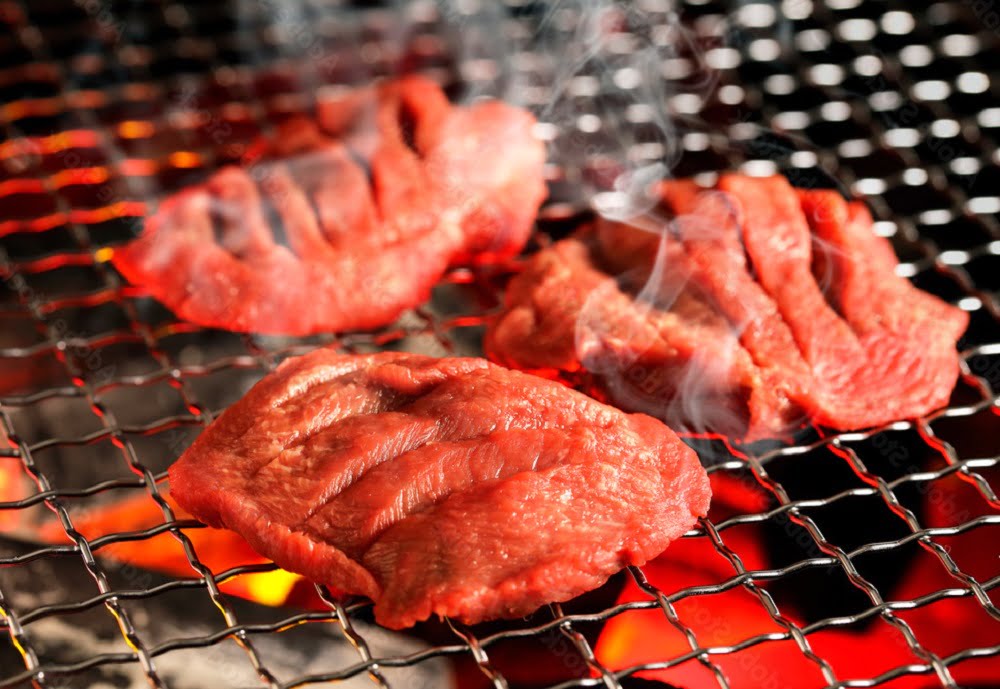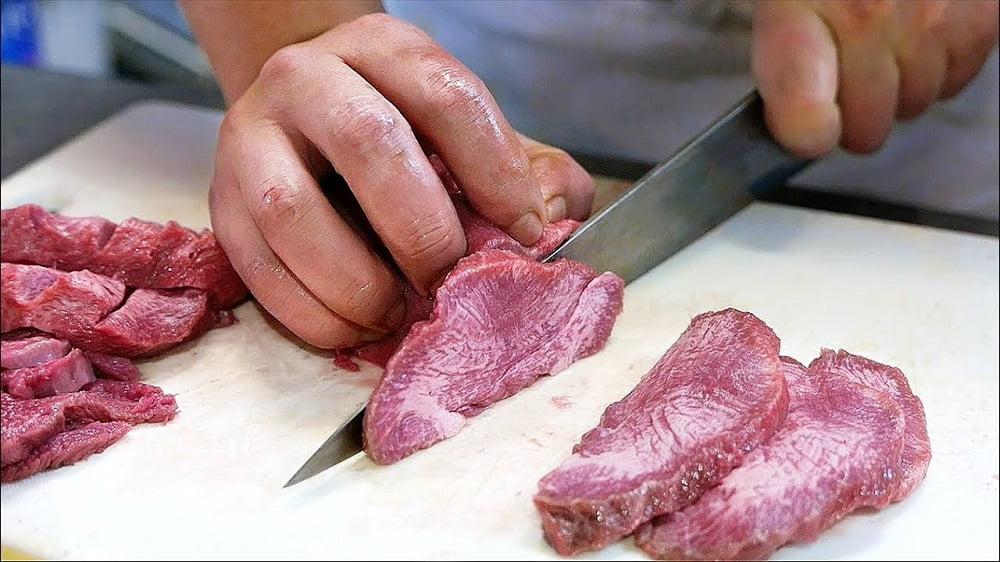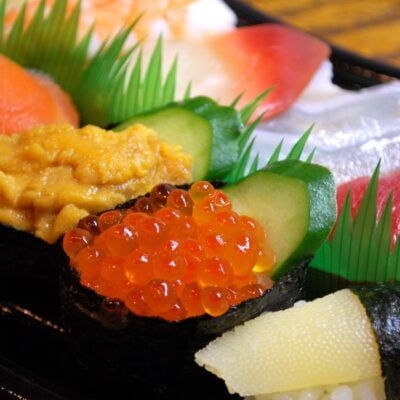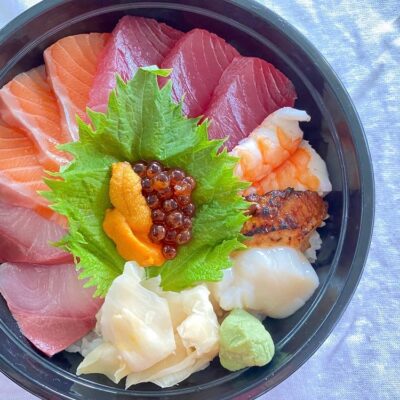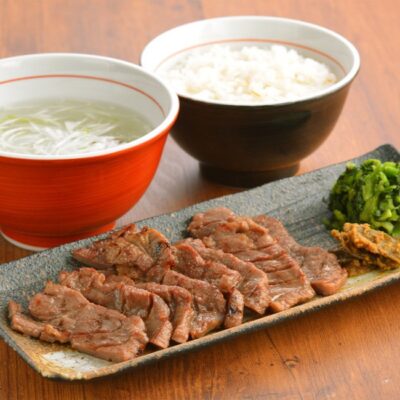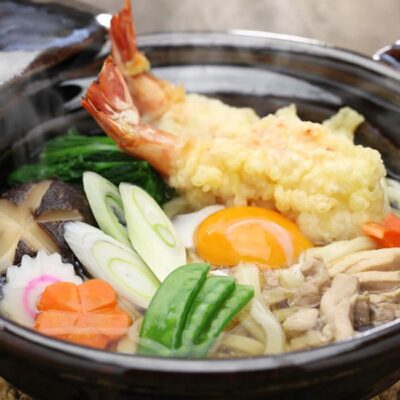Directions
Gyutan, which translates to “cow tongue” in English, is a grilled beef tongue dish that originated in Sendai, Japan. This delicacy has gained fame in the region and is considered a meibutsu, or famous local product. If you are a food enthusiast who enjoys exploring unique culinary experiences, Gyutan is a must-try.

The History of Gyutan: From Culinary Ingenuity to Fame
The history of Gyutan dates back to the aftermath of World War II when limited food sources sparked culinary ingenuity. In Sendai, a city in Miyagi Prefecture, a restaurant owner named Eikichi Takahashi decided to experiment with beef tongue as a way to create a standout dish. Takahashi’s goal was to provide his customers with a unique and delicious dining experience.
After numerous trials with different cooking methods and seasonings, Sendai Gyutan was born. Takahashi discovered that grilling the beef tongue to perfection resulted in a tender and savory flavor that captivated the taste buds of his customers. The dish quickly gained popularity in Sendai and became a local specialty.
The Perfect Preparation: Grilling the Beef Tongue to Perfection
The secret to the succulent flavor of Gyutan lies in its preparation. The beef tongue is carefully marinated and then grilled to perfection, creating a melt-in-your-mouth experience. The grilling process enhances the natural flavors of the meat while adding a smoky and slightly charred aroma.
In Sendai, Gyutan is often served with barley rice, tail soup, and pickles, creating a well-rounded and satisfying meal. The combination of the tender beef tongue, the nuttiness of the barley rice, the richness of the tail soup, and the tanginess of the pickles provides a harmonious balance of flavors.
Gyutan: A Culinary Delight Beyond Sendai
While Gyutan is deeply rooted in Sendai’s culinary culture, it has also found its way to other parts of Japan. In yakiniku restaurants, which specialize in grilled meat dishes, Gyutan is a popular choice. The thinly sliced beef tongue is grilled to perfection by diners themselves, allowing them to customize the cooking time and enjoy the dish at its best.
The versatility of Gyutan allows for various serving styles and flavor pairings. Some restaurants serve Gyutan alongside fresh vegetables and dipping sauces, while others experiment with unique marinades and seasonings to create their signature twist on this classic dish. No matter where you try Gyutan, you can expect a delightful culinary adventure.
Indulge in Katei Gyutan Yaki: A Recipe for Gyutan Lovers
If you’re craving a taste of this exquisite dish and want to recreate the experience at home, look no further than Katei Gyutan Yaki. This recipe brings the yakiniku experience right to your kitchen. Here’s how you can prepare it:
Ingredients:
- Thinly sliced beef tongue
- Soy sauce
- Mirin (sweet rice wine)
- Sake (Japanese rice wine)
- Sugar
- Garlic
- Ginger
Steps
1 Done | |
2 Done | |
3 Done | Heat a grill pan or skillet over medium-high heat and lightly grease it with oil. |
4 Done | |
5 Done | |
6 Done |

